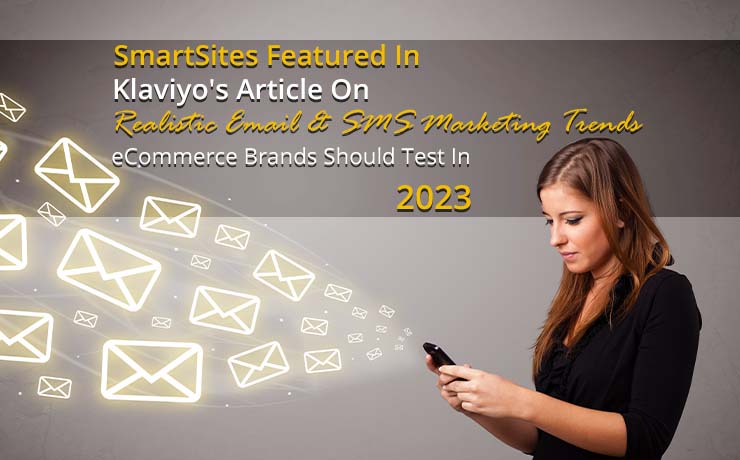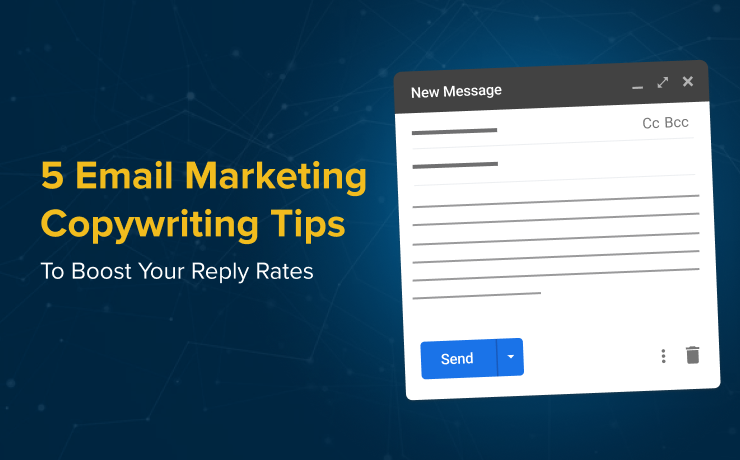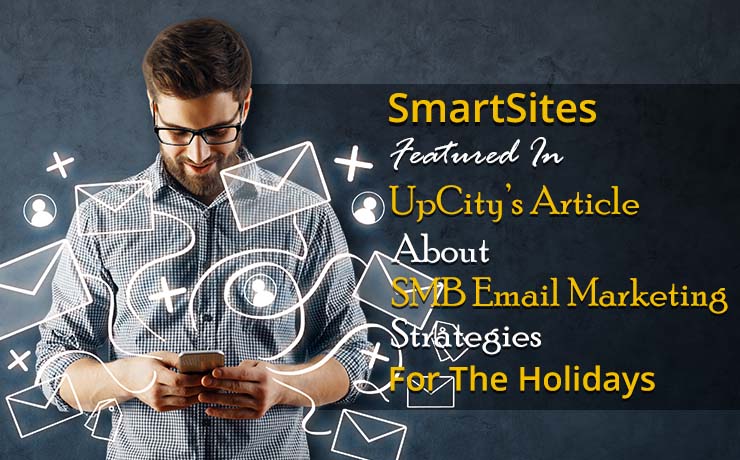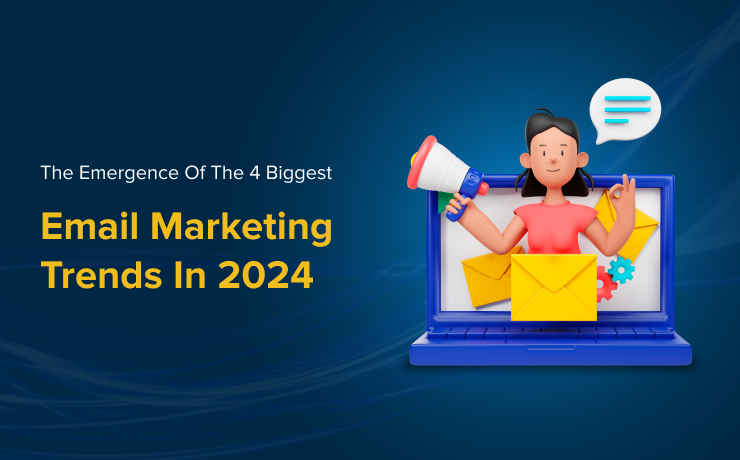
Amidst the ever-evolving terrain of digital marketing, one stalwart channel continues to reign supreme: email marketing. This enduring and versatile tool provides a direct and highly personal means of connecting with your audience. In this comprehensive guide, we’ll embark on a journey through the intricate realm of email marketing, unraveling five essential best practices that can elevate your campaigns to new heights of effectiveness. Whether you’re a seasoned marketing veteran, well-versed in the nuances of email outreach, or a newcomer eager to embark on your digital journey, the insights shared here will be instrumental in optimizing your email campaigns to effectively reach and engage your target audience.
Email marketing remains a cornerstone in the digital marketer’s toolkit for several reasons. It offers a direct line of communication to your audience’s inbox, providing an opportunity to deliver tailored content, promotions, and updates right into their hands. Unlike the transient nature of social media or the uncertainties of search engine algorithms, email marketing allows you to maintain control over your messaging and audience engagement.
As we delve into the five best practices outlined in this guide, you’ll discover that email marketing is not just about sending messages; it’s about creating meaningful connections, providing value, and nurturing relationships with your subscribers. So, whether you’re seeking to refine your existing strategies or embark on your first email campaign, the principles shared here will serve as a compass to navigate the intricate waters of email marketing effectively.
Segment Your Email List Strategically
The era of generic, one-size-fits-all email campaigns has faded into obscurity. Today, strategic segmentation is the name of the game in email marketing. By categorizing subscribers based on their preferences, behaviors, and demographics, you gain the power to send precisely tailored content that speaks directly to their needs and interests. This personalized approach enhances engagement and significantly boosts the likelihood of conversion, making segmentation an indispensable strategy in modern email marketing.
Imagine you run an online clothing store. Segment your list based on gender, age, and shopping history. Send tailored promotions for women’s summer dresses to female subscribers who have previously shown interest in this category.
Craft Compelling Subject Lines
Your email’s subject line is the first impression you make on your recipients. Craft compelling subject lines that pique curiosity, convey value, or create a sense of urgency. Keep them concise, ideally under 50 characters, to ensure they display fully on various devices.
For a special discount offer, a subject line like “Exclusive 24-Hour Sale: Save Big Today!” is enticing and time-sensitive.
Personalize Your Email Content
Personalization is a powerful tool in email marketing. Address recipients by their first names, recommend products based on their past purchases, and tailor content to their interests. Personalized emails feel more relevant and engaging, fostering a stronger connection.
In a personalized email, you can say, “Hi [Subscriber’s Name], based on your recent purchases, we think you’ll love these new arrivals.”
Optimize for Mobile Devices
With a significant portion of emails being opened on mobile devices, optimizing your emails for mobile is non-negotiable. Use responsive email designs that adapt to various screen sizes. Keep your layout clean, use legible fonts, and include easily tappable buttons.
A mobile-optimized email ensures that your recipients have a seamless shopping experience when they click through to your website from their smartphones.
A/B Test Your Email Campaigns
Continuous improvement is the hallmark of successful email marketing. A/B testing, also known as split testing, allows you to experiment with different elements of your emails to determine what resonates best with your audience. Test variables like subject lines, content, images, and CTAs to refine your strategies.
You can A/B test two versions of an email—one with a traditional CTA button and another with a text link—to see which generates more clicks and conversions.
Elevating Your Email Marketing Strategy
As we conclude this exploration of email marketing best practices, you’ve gained valuable insights into optimizing your email campaigns. Email marketing remains a potent tool for engaging with your audience directly, and by following these practices, you can elevate your strategies to new heights of effectiveness.
Remember, effective email marketing is a blend of data-driven decision-making and creativity. By strategically segmenting your email list, crafting compelling subject lines, personalizing content, optimizing for mobile, and consistently A/B testing, you can create email campaigns that not only reach your audience but also resonate with them on a personal level. So, embrace these best practices, refine your approach, and watch as your email marketing efforts become a driving force in your digital marketing success.
 Free
Consultation
Free
Consultation Free
Google Ads Audit
Free
Google Ads Audit








